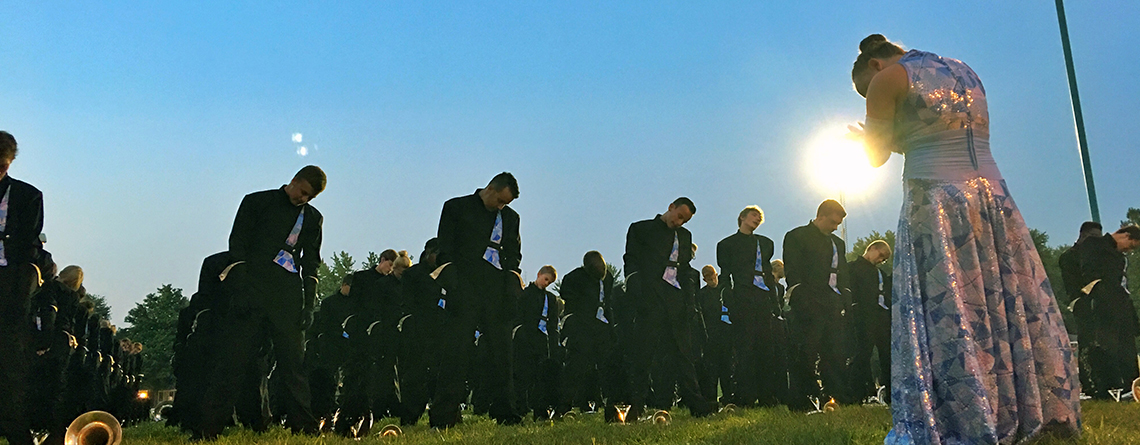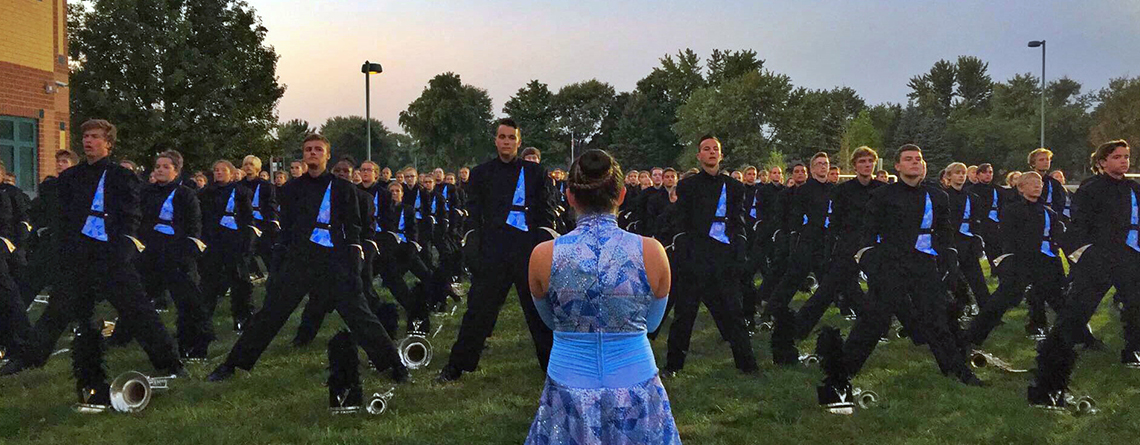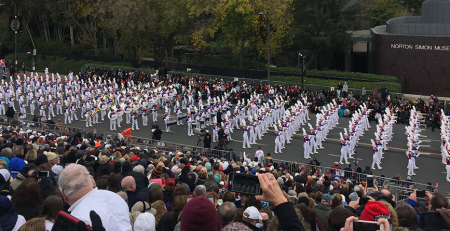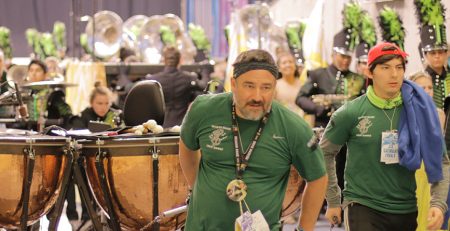Marching Season: Creating a Band of Incredible Athletes
Imagine: Your feet hitting the football field turf, in step, to the chirping sound of Dr. Beat…hot sweat rolling down your face; heart racing at 180 beats per min, exactly 162 drill spots to remember, 9 minutes and 29 seconds of music memorized, and don’t forget to guide to the drill formations and use all of your choreography…it all comes down to this – Leave it all on the field. And this is only one of many rehearsal run-throughs, and performances are just on the horizon. Whew! Are you exhausted too? You should be. Marching band is no joke, and it is serious business when creating a band of incredible athletes. Let’s take a closer look at the physiological makeup of marching band members and the amazing ways it affects their minds and bodies!
The Mighty Musician
During a typical 1-2 hour rehearsal, or even during a single performance, the demands of the drill and music can place a significant strain on one’s body as it works hard to breathe efficiently and to keep up with the physical demands at hand. In a 2005 study by Dr. Jeffrey Edwards, professor and director of the exercise and health sciences division at Central Michigan University, a Cavaliers Drum and Bugle Corps tenor drum line member was hooked up to monitors that measured oxygen consumption, carbon dioxide production, the amount of air breathed and heart rate during a Drum Corps International Finals performance. However, even before stepping a foot on the field, that drummer’s values increased overall when he put on the tenor drums. They were almost 30% of his body weight.1
Once the show was in motion, the drummer’s heart rate remained steadily high, at about 200 beats per minute. That’s the same as the heart rate of an athlete running a 400-800 meter dash. The individual’s VO2 max (maximal oxygen uptake, which measures how much oxygen can be processed and used by the body during vigorous exercise) varied, but the drummer’s rates were equivalent to a well-trained athlete in the middle of the marathon.1 Although each marching band show has a different level of physical demands, it is safe to say that this activity undeniably builds stamina and physical fitness levels.
When it comes to creating a band of incredible athletes, there are many challenges. As if running around a football field at a vigorous, precise pace, making sudden, swift movements to change direction for drill and choreography, wasn’t enough, marching band members face additional physical demands. Drumline members carry the full weight of their carriers and drums, weighing up to 30 or 40 pounds. Low brass instruments like tubas and baritones can also pack a heavy punch. Besides their instrument’s weight, brass and woodwind performers must hold their instruments in specific positions, which creates a strain on their upper bodies. They also fight against their instruments, to effectively move carbon dioxide out of their bodies. They are constantly pushing air against and out of a mouthpiece, small hole and/or metal tubes. Imagine running a marathon while breathing through a small straw! The good news is that marching band members build posture, and often gain upper body and core strength throughout the season.
Color guard members also face incredible physical demands. They must use core and upper body strength to constantly toss large objects – flags, rifles, and sabers – into the air, sometimes even against strong winds. The color guard also expends much energy dancing and running around the field, through and around band members, to meet the demands of the show’s drill.
The Power of Music
We all know and believe that music can move people’s emotions and have an overwhelmingly positive effect on people’s well-being, including their physical/mental health. In the book by Elena Mannes, The Power Of Music: Pioneering Discoveries In The New Science Of Song, Elena states, “Scientists have found that music stimulates more parts of the brain than any other human function.”2 Amazing!
Practicing music can hardwire the brain and the body’s systemic responses to music.1 This was proven in the 2005 drum corps study mentioned above. Even before the drummer set foot on the field or put on his drums, his heart rate shot up to 180 beats per minute, the minute the music began. Dr. Edwards compared this response to that of athletes who hear a buzzer or gun go off at the beginning of a race. The sympathetic part of the drummer’s nervous system created an adrenaline rush without him even moving his body or playing. It was caused because he simply heard the music!1
Musicians in motion are incredible. These athletes are built throughout the season, on the hot pavement, in the bright lights of the stadium…all while giving us dazzling, entertaining marching shows filled with music that moves us. We wish you the best in your quest to create a band of incredible athletes.

1. Edwards, Jeff. [erkedoodles] (Study: 2005; Video posted: 2008, January 31). Testing a Tenor Player’s Physical Reaction to Marching.
2. Mannes, Elena. (2013) The Power Of Music: Pioneering Discoveries In The New Science Of Song. New York City, New York: Bloomsbury USA.












